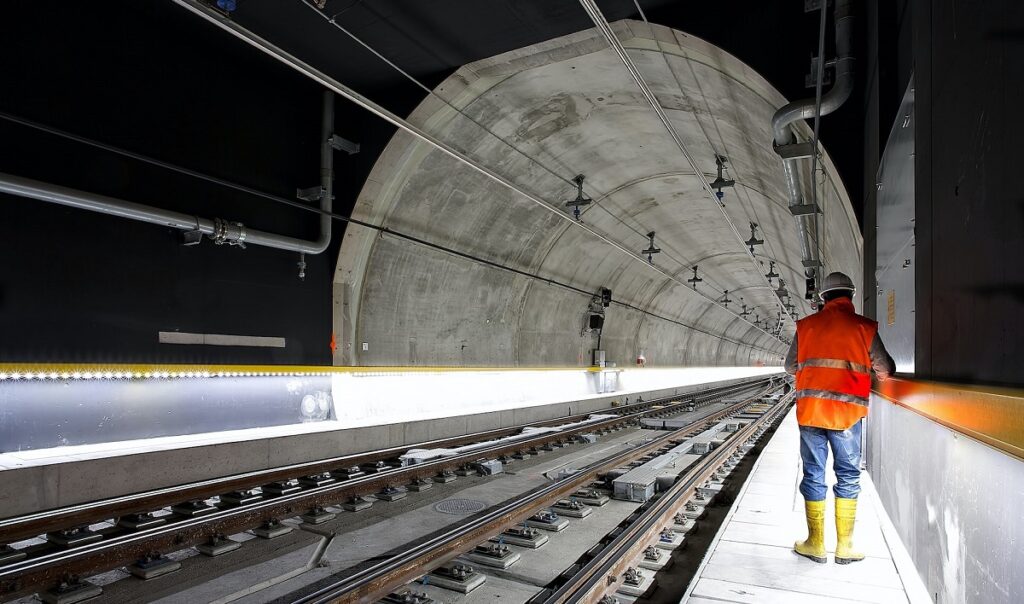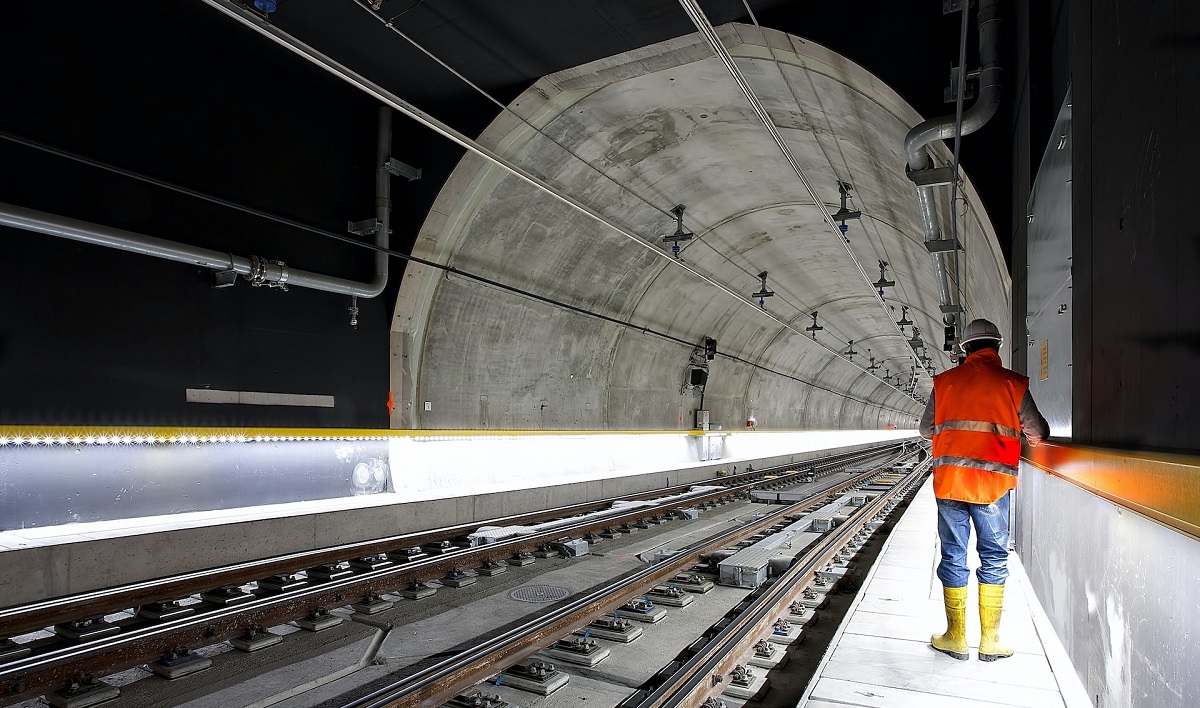
Purpose of Railway Maintenance
Railways are an essential component of the world’s transportation infrastructure, enabling people and goods to move quickly and efficiently over long distances. However, maintaining this infrastructure is critical to ensuring its continued safe and reliable operation. The maintenance of a railway system is a complex and multi-faceted process that involves the regular inspection, repair, and replacement of components.
The purpose of railway maintenance is to ensure that the system operates efficiently, safely, and reliably. The maintenance process includes regular inspections, repairs, and replacements of different parts of the railway system, including tracks, signals, switches, locomotives, and wagons.
Track maintenance is one of the most critical aspects of railway maintenance. The tracks need to be regularly inspected for defects, such as cracks or wear and tear, which can cause derailments or other accidents. The maintenance process for tracks includes replacing broken rails, worn-out sleepers, and tightening or loosening bolts and fasteners.
Signals and switches also require regular maintenance. Signals ensure safe train operations by communicating information to the train operators. Switches allow trains to move between tracks, and they need to be inspected and lubricated regularly to ensure smooth operation.
The locomotives and wagons also need to be maintained regularly. Locomotives require regular servicing to ensure that they remain in good condition, and their engines and other systems are working correctly. Wagons require maintenance, including regular brake inspections and lubrication of the wheels.
Different Types of Railway Maintenance
There are two main types of railway maintenance: planned maintenance and unplanned maintenance. Planned maintenance involves scheduled inspections, servicing, and replacement of parts, while unplanned maintenance is necessary when there is an unexpected failure or issue with a component of the system.
Railway maintenance is a complex and challenging process that requires specialized knowledge, expertise, and equipment. It involves various stakeholders, including railway operators, maintenance staff, and regulatory authorities.
The Actors of Railway Maintenance
Railway maintenance is crucial for the safe and reliable operation of the railway system. Without proper maintenance, the system could become unsafe, unreliable, and prone to accidents. Therefore, railway operators must invest in the maintenance of their infrastructure to ensure the continued safe and efficient operation of the railway system.
Railway maintenance is a complex process that involves various actors working together to ensure the safe and reliable operation of the railway system. The actors of railway maintenance include railway operators, maintenance staff, regulatory authorities, and manufacturers of railway components.
Railway operators are responsible for the overall maintenance of the railway system. They are responsible for ensuring that the tracks, signals, locomotives, and wagons are in good condition and operate safely and efficiently. Railway operators are also responsible for implementing and enforcing safety regulations and standards to ensure the safety of the passengers, crew, and cargo.
Maintenance staff are responsible for carrying out the actual maintenance work on the railway system. They are responsible for inspecting, repairing, and replacing various components of the system, such as tracks, signals, switches, locomotives, and wagons.
